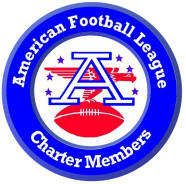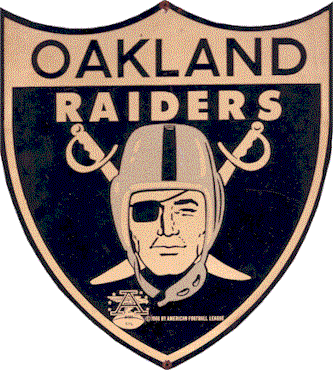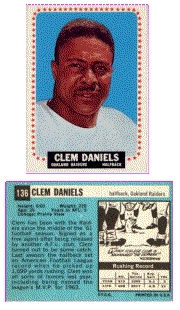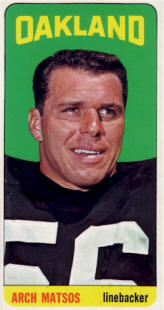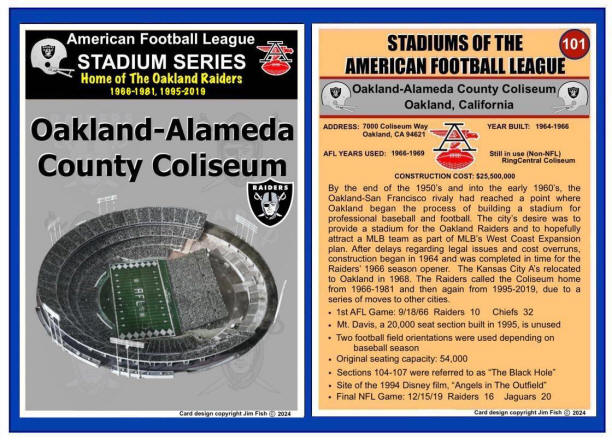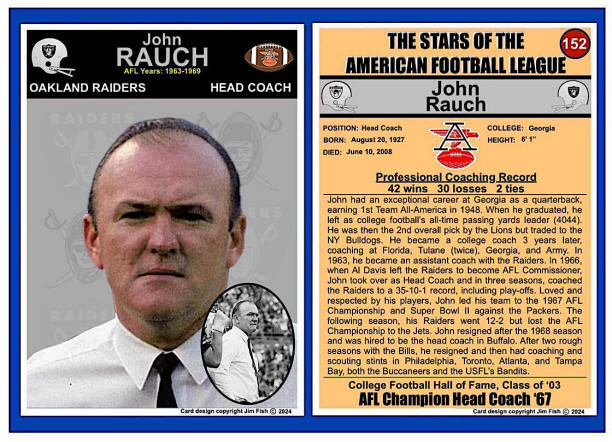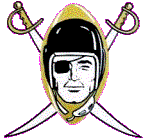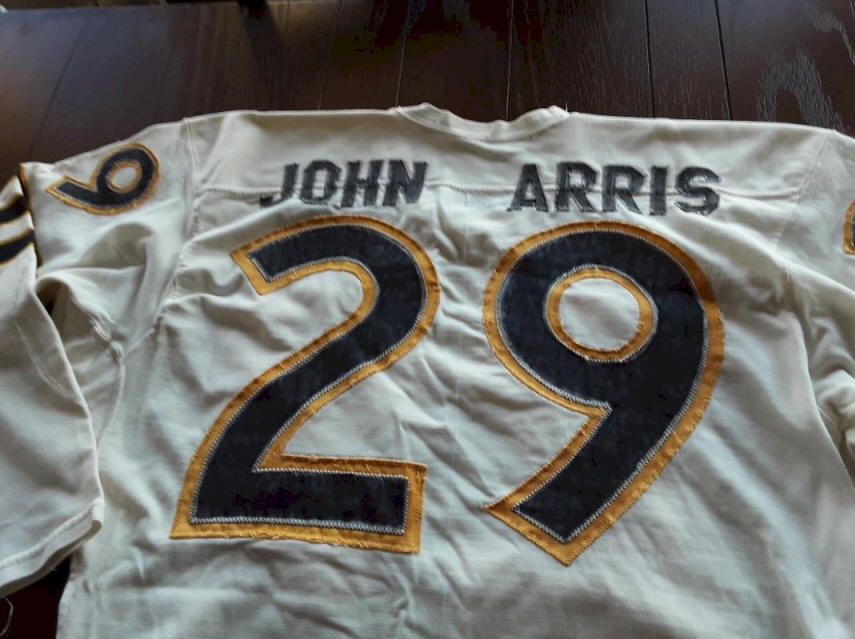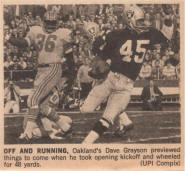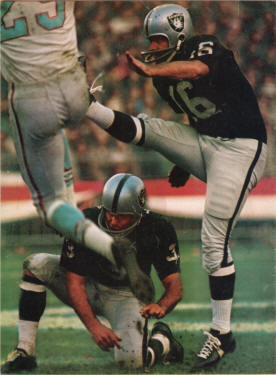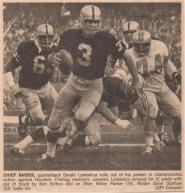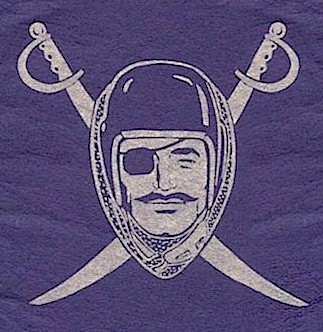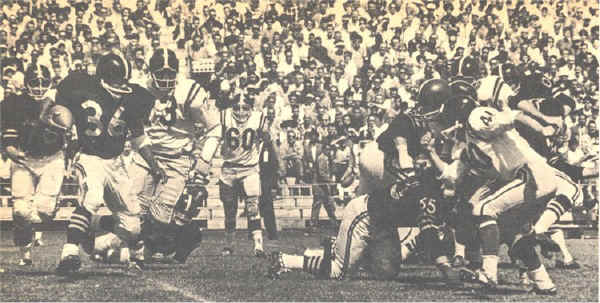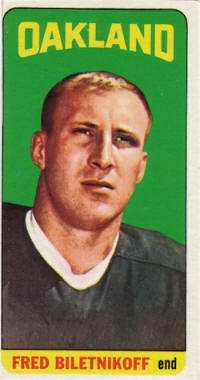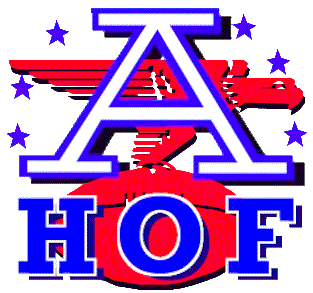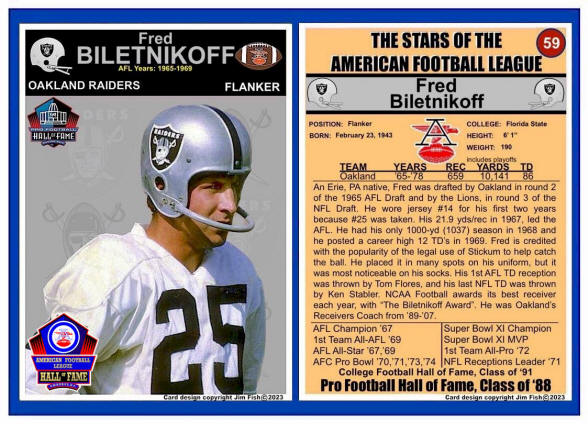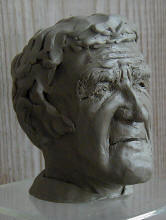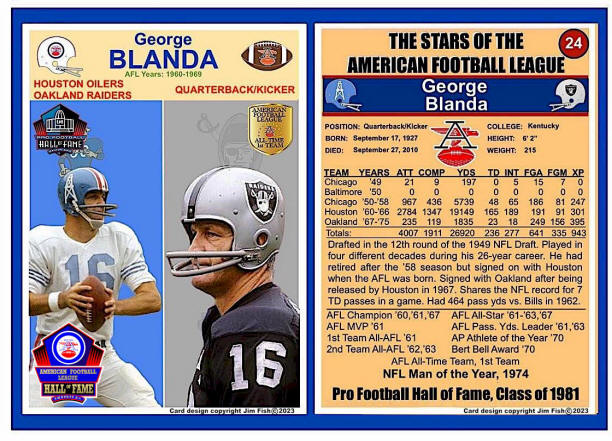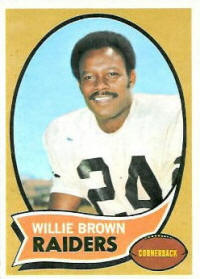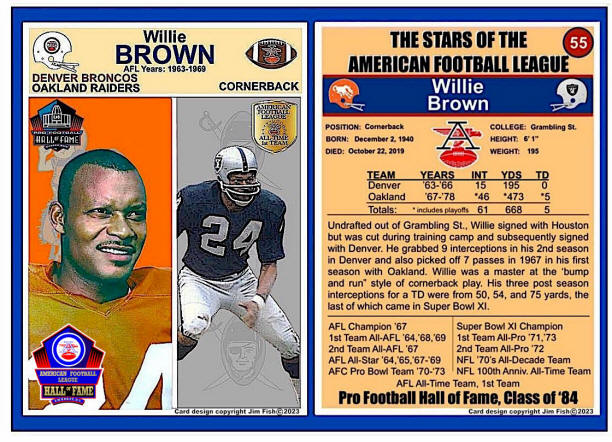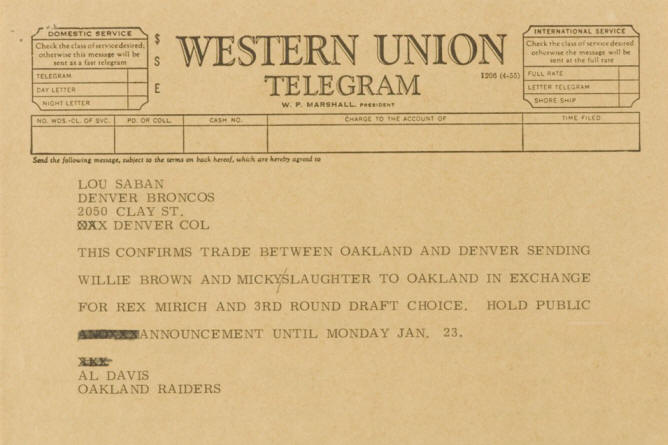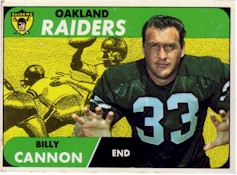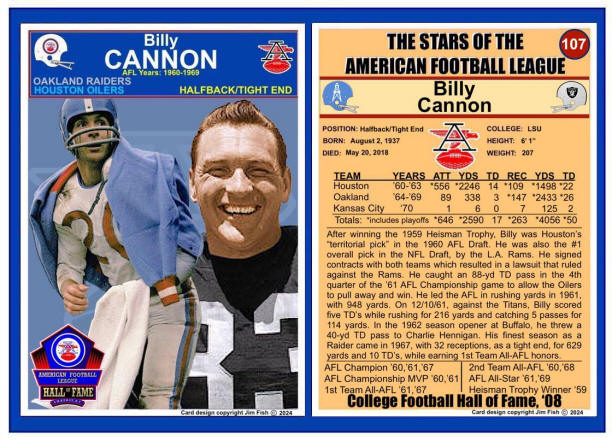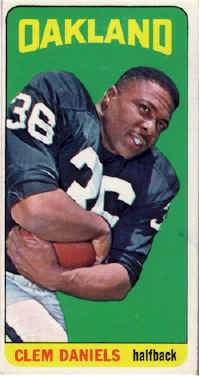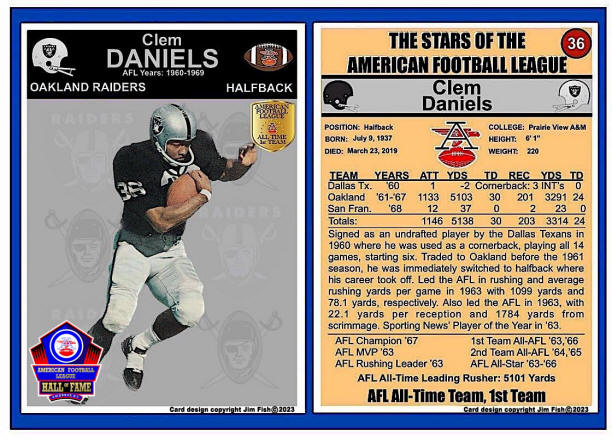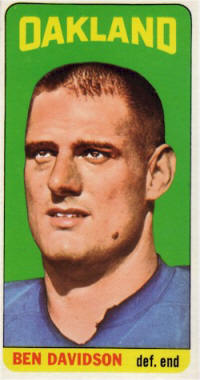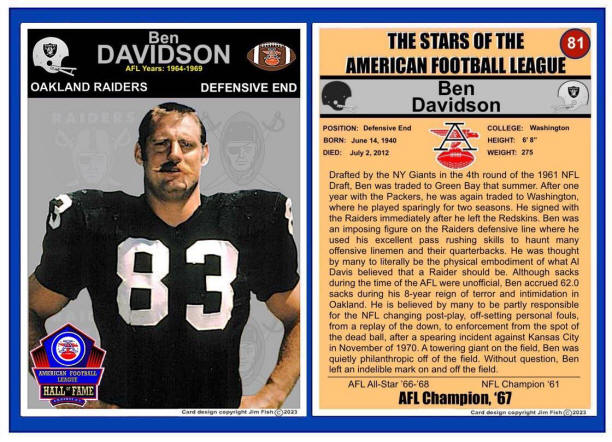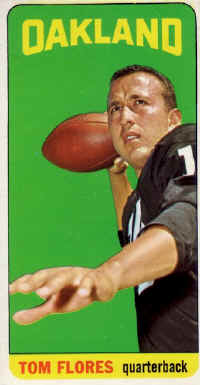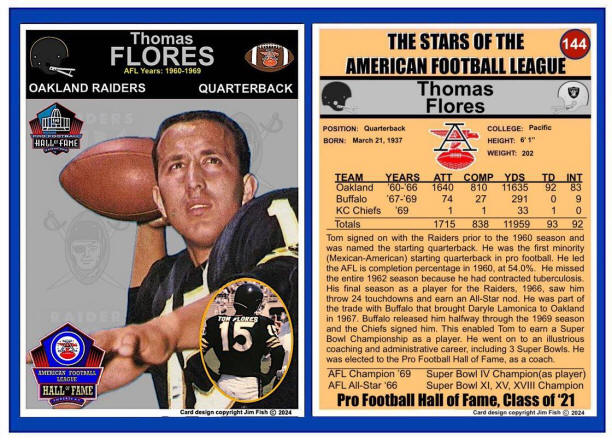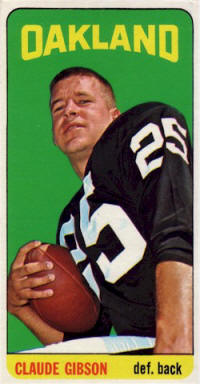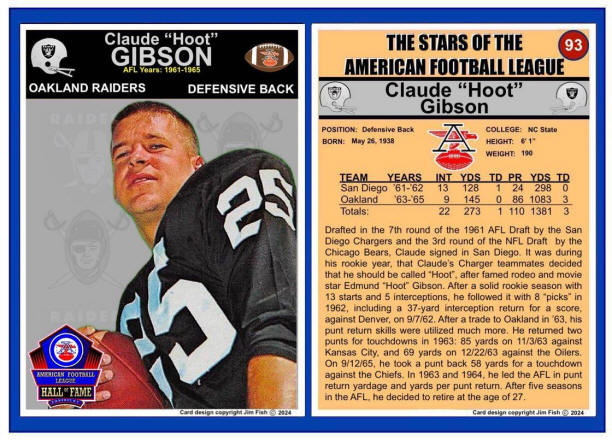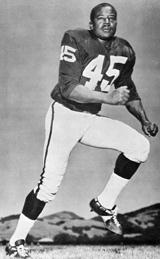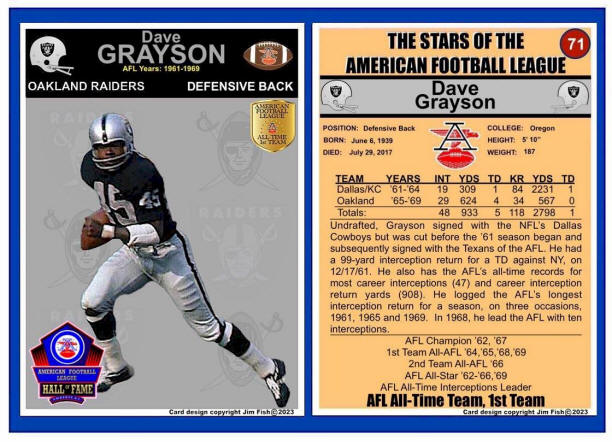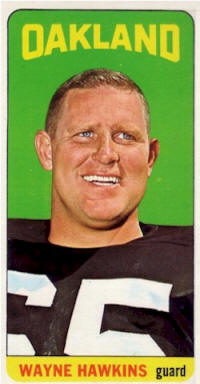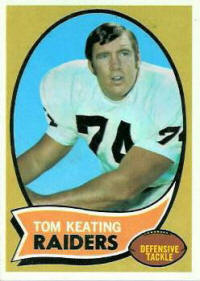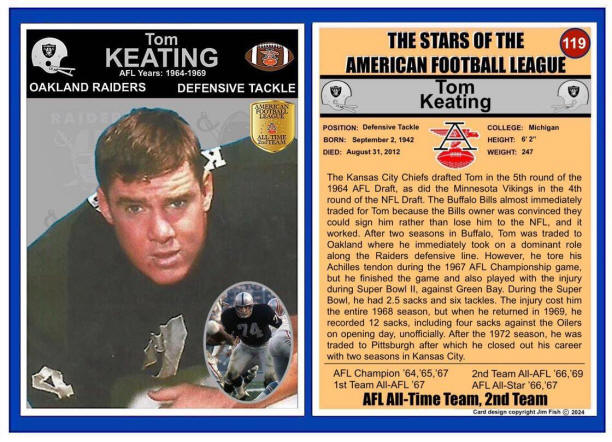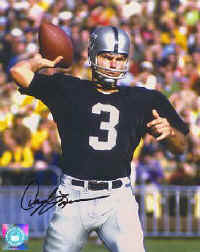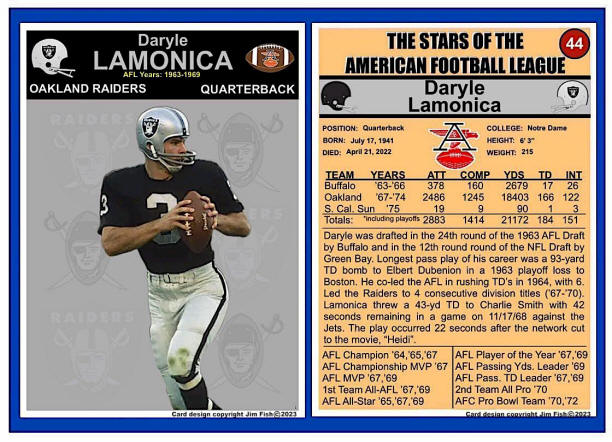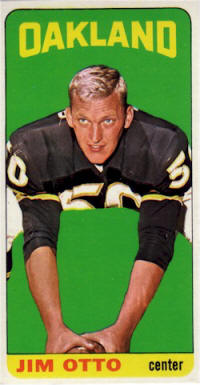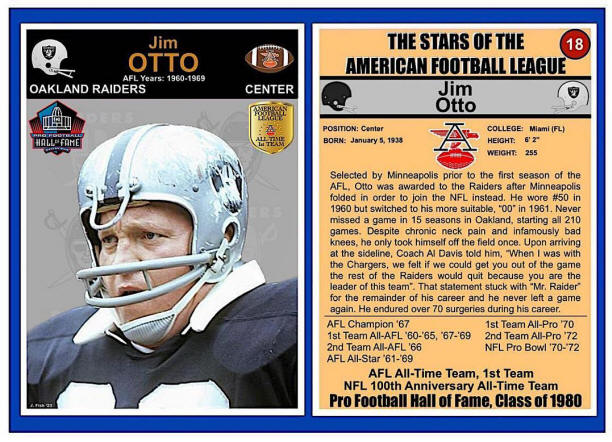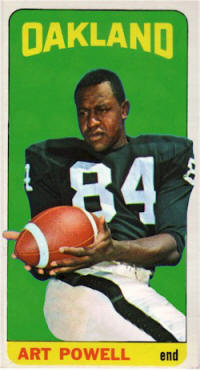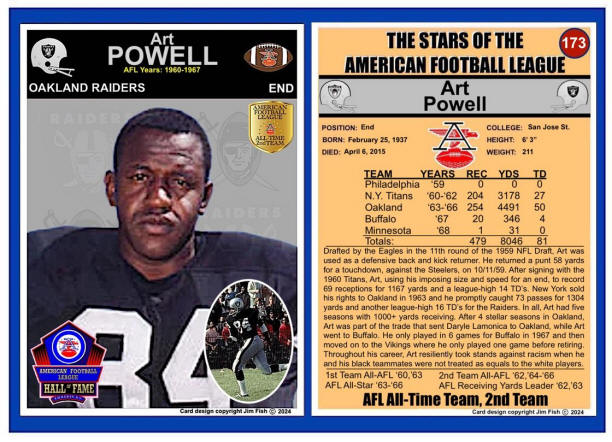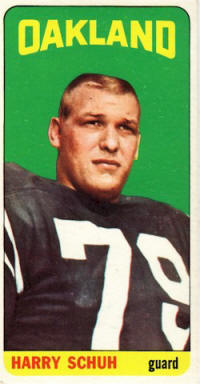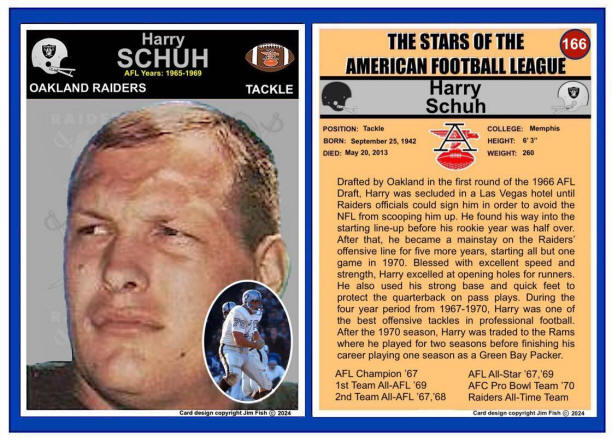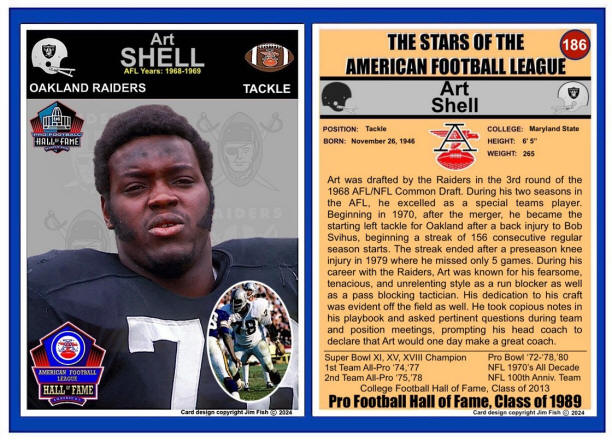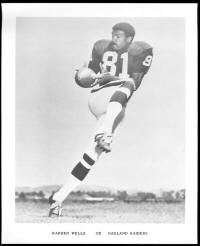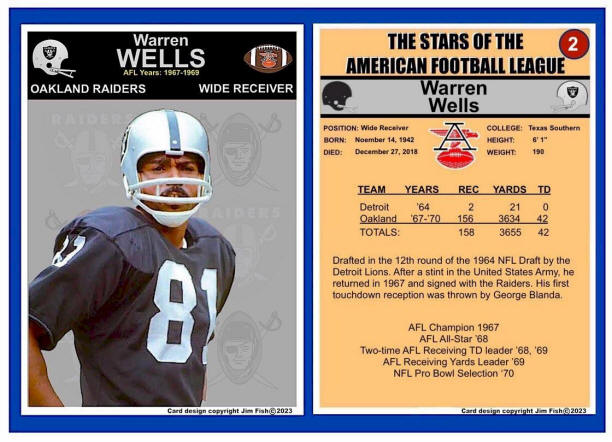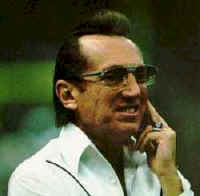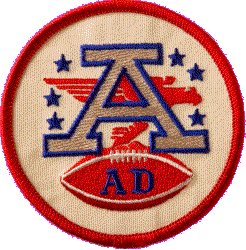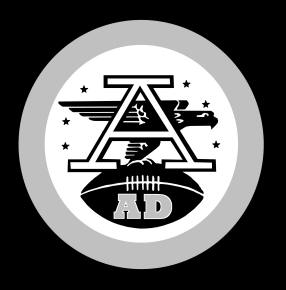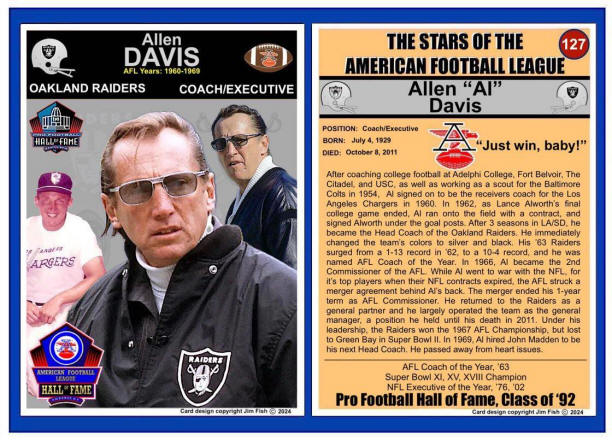|
When
the Pro Football Hall-of-Fame’s board of selectors voted down senior
candidate and AFL star Art Powell for the Class of 2024, football
fans barely noticed. But they should have. Because by voting down
Art Powell, the Hall’s board of selectors all but delivered a
message to other AFL wide receivers waiting on Canton.
DO … NOT … APPLY.
Harsh? No question. But it’s the reality when you’re talking
AFL wide receivers like Lionel Taylor, Charley Hennigan and Otis
Taylor. All are Hall-of-Fame worthy and deserve a shot at Canton.
But they probably won’t get it. Not after what happened this week
with Powell’s failed candidacy.
Art Powell scored 81 times, and if that’s sounds like a lot, you’re
warm. It’s more than all AFL receivers except Hall-of-Famer Don
Maynard. It's also more than Andre Johnson (70), one of five
modern-era inductees this year, and Torry Holt (74), a Top-10 Hall
finalist the past two years. Plus, it's only one less than Reggie
Wayne, a Hall-of-Fame finalist the past five years.
Yet Art Powell was never a finalist – modern-era or senior – until
now, and when you look at his resume, it’s fair to ask why.
He was a six-time all-AFL pick. Twice he led the league in receiving
yards. Twice he led it in touchdown catches. And he’s a member of
the All-Time All-AFL team. He had the size, speed and strength to
dominate opponents, and his numbers serve as proof: In 105 games
(including 1959 when he was a defensive back with Philadelphia), he
had 479 receptions for 8,046 yards and 81 TDs, a total that works
out to an average … average … of 1,302 yards and 13
touchdowns a year in today’s 17-game schedule.
In short, Art Powell was a dominant wide receiver. Yet he was the
first senior candidate denied by the board (the Centennial Class of
2020 was decided by a separare panel) since 2012 when it held back
Dick Stanfel, whom it inducted four years later.
When Tobias first heard the news, he was as “dumbfounded” as he was
last August when Art Powell was named one of three senior finalists
for the Class of 2024. His explanation then was that he thought
voters had given up on former AFL stars. His explanation now is that
he believes he was right.
He’s not alone. So does Hall-of-Fame voter Rick Gosselin, a selector
for the past 28 years and one of 12 members of its seniors
committee.
“The committee’s gotten so young,” he said on the latest “Eye Test
for Two” podcast (https://cms.megaphone.fm/channel/eyetestfortwo?selected=BRCM8031175340),
“that we’ve become a stats generated committee. And those receivers
from the AFL aren’t going to have the stats of Reggie Wayne and
Torry Holt and Andre Johnson. Yet, that’s how this committee is
judging them, and that’s wrong.
“I think the AFL’s been slighted tremendously in this process. There
are a lot of AFL players that should be in the Hall of Fame that,
based on Art Powell, may never get there. I think Lionel Taylor
belongs. I think Charley Hennigan belongs. But if you turn down Art
Powell, I don’t think we’ll ever bring those two guys out.”
He’s probably right. Like Powell, neither has been a Hall finalist.
Yet Taylor led the AFL in receptions five of its first six years. He
was also the first pro receiver to have 100 more catches in one
season, doing it in 14 games (1961), and had four consecutive years
where he produced 1,000 or more yards in receptions. In fact, his
average of 84.7 catches from 1960-65 was then the highest six-season
average in pro football history.
Like Powell, Hennigan was an All-AFL member with a gaudy resume. In
1961, he set a league record with 1,746 yards receiving, including
822 in October -- still the platinum bar for a single calendar
month. He was also the second pro receiver to catch 100 passes in
one year (1964) and twice gain over 1,500 yards receiving in a
single season (1961 and 1964). Plus, he holds the AFL record for
most games with 200 or more yards receiving (3), most 100-yard games
in one season (11) and most yards receiving in one contest.
That would be 271 in an Oct. 13, 1961 game vs. the Boston Patriots.
Then there’s Otis Taylor, a two-time AFL champion, Super Bowl
champion, two-time first-team NFL All Pro, two-time all-AFL pick,
AFL co-leader in receiving touchdowns (1967), NFL leader in
single-season receiving yards (1971), AFL championship game MVP and
recipient of the game-clinching touchdown pass in Super Bowl IV that
pushed Kansas City to a 23-7 upset of Minnesota. He’s not only not
in Canton; like Hennigan and Lionel Taylor, he’s on nobody’s radar.
And may never be. Not after what happened with Art Powell.
Look, I’ve heard some AFL critics contend that when the league first
began in 1960, the caliber of play did not measure up to the NFL …
and that's accurate. But it didn’t take long for it to closwe the
gap, and I’d offer the 1963 San Diego Chargers as an example. Lance
Alworth was on that team, and he’s in the Pro Football Hall. Oakland
cornerback Willie Brown had to defend him, and he’s in the Hall,
too. So is Maynard, who began his pro career with the New York
Titans in 1960 and is an All-Time All-AFL choice.
Art Powell won't join them, and that’s hard to fathom when you
consider his accomplishments. All I know is that this may be ... and
probably is ... the last we hear of Art Powell and the Pro Football
Hall of Fame. What I also know is that this may be ... and probably
is ... the last we hear of other AFL wide receivers waiting on
Canton, too.
“Art Powell becoming a finalist, but then failing to receive the
votes for induction,” said Tobias, “does not bode well for all the
other AFLers who, I believe, are deserving of a spot in Canton.
“I have to question the knowledge of the voters. That group is
getting younger, and while they undoubtedly know contemporary
football well, I’m not sure they fully understand the differences in
football across the generations. You simply cannot compare
statistics from decades ago with modern players.
“Furthermore, blanket assumptions, such as the AFL not being a
quality league in the early years, cannot be applied. A full
understanding of each candidate is absolutely critical prior to
casting a vote, especially when the senior list is so long and might
not get another chance.”
And especially when it has enormous repercussions … like this. |
